Menu
Showing 1–16 of 92 results
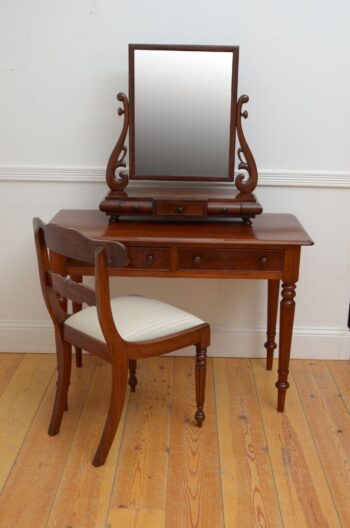
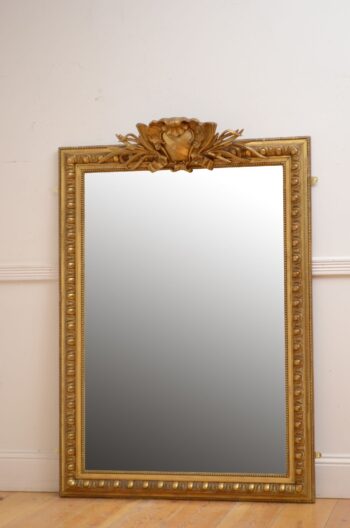
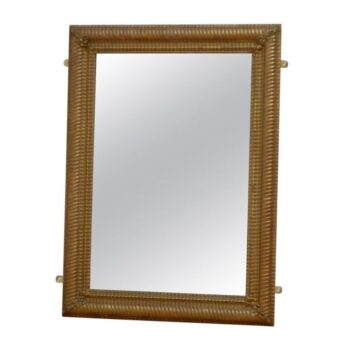
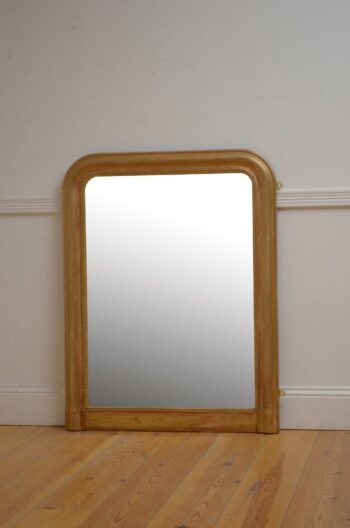
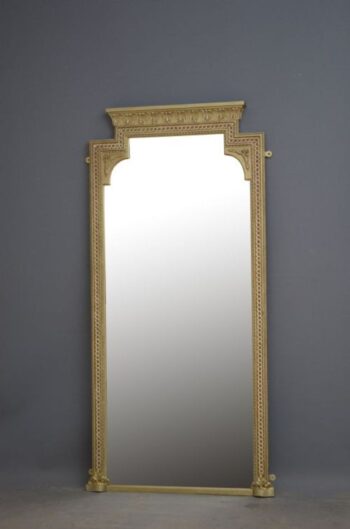
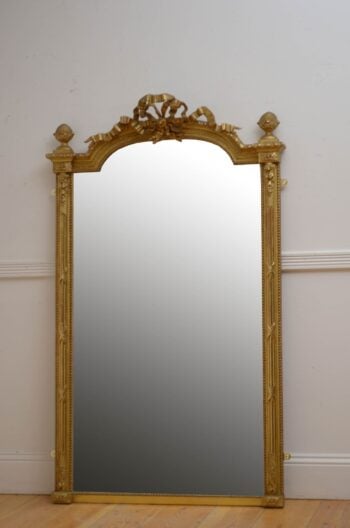
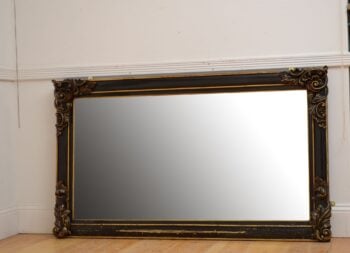
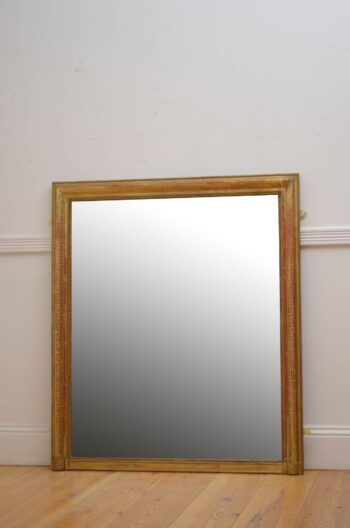
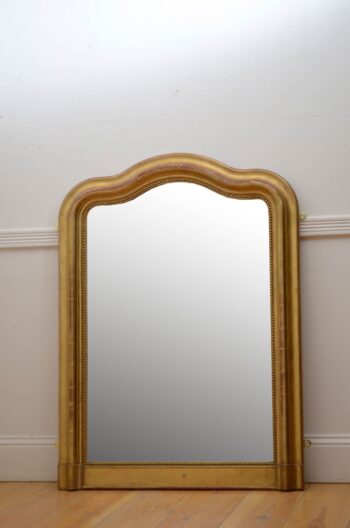

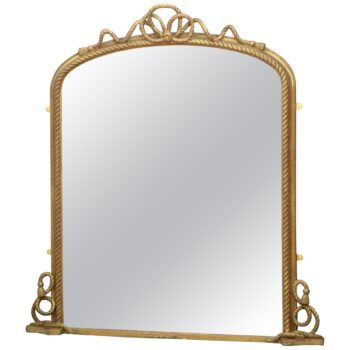
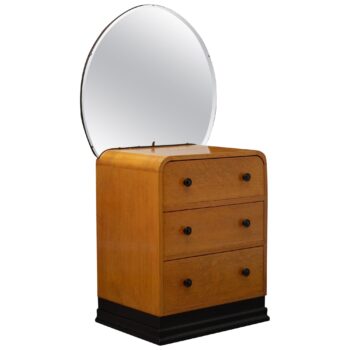
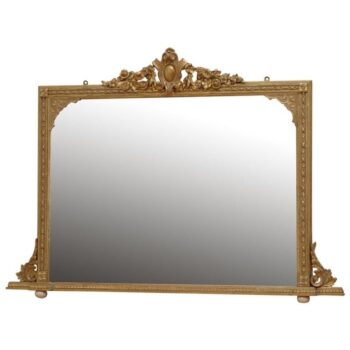
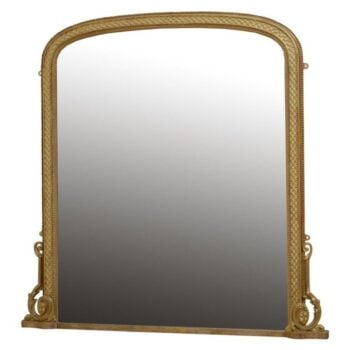
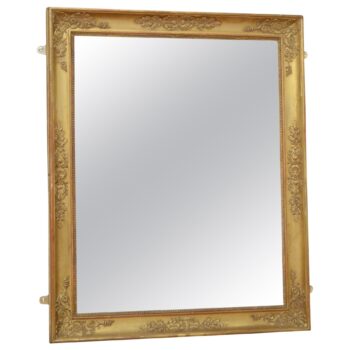
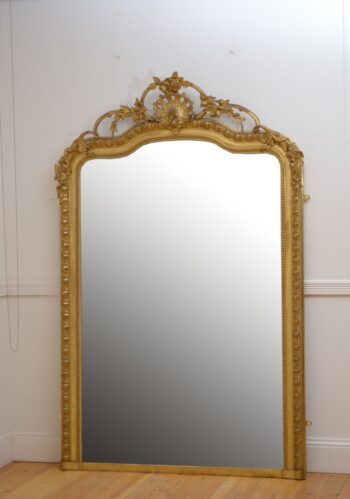
We see the world differently through a mirror, and we see history differently through antique mirrors. Antique mirrors are one of the most decorative yet functional pieces to collect and own.
We’ve long been fascinated by mirrors and their reflections. The mirror holds a unique place in great works of art and literature that only add to the mystique. The evil queen looked into one in Snow White, and Alice peered through the looking glass in Lewis Carroll’s classic. The mirror in Jan Van Eyck’s Arnolfini Wedding Portrait has confounded art historians for centuries while Pablo Picasso painted his muse and mistress in the Girl Before a Mirror.
Throughout history, people have made mirrors in order to see themselves. Some were used as ceremonial items, some to repel evil spirits, some to distort the features, and some to spy on others, but mainly we have mirrors to check one’s countenance.
Today, an antique mirror elevates a room to become a focal point, one that reflects not only light but the history of the place. Just who has gazed into that antique mirror during the ages, and what has it seen?
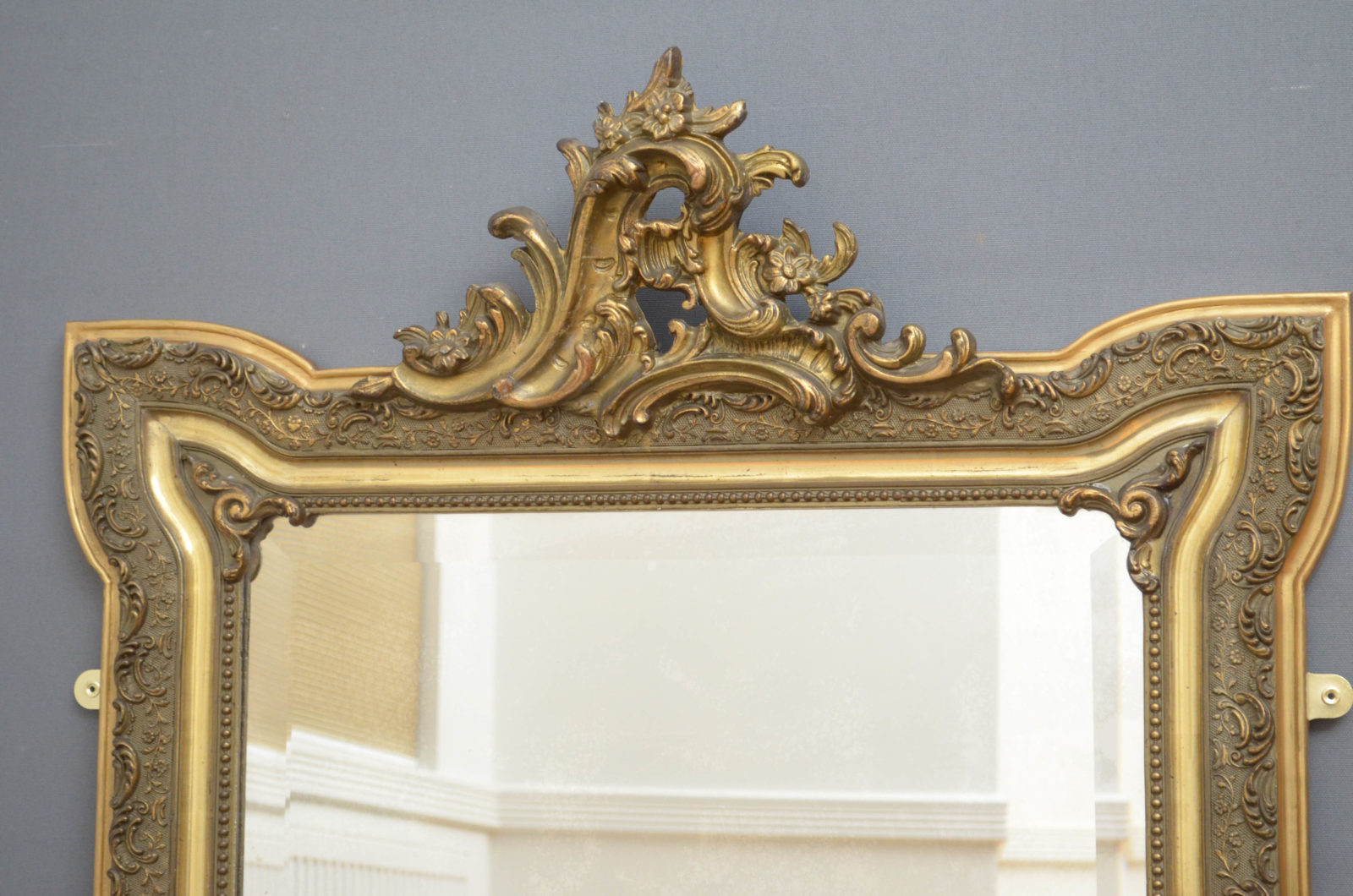
Historians suggest that the earliest peoples evaluated their appearance by looking into pools of water. Archaeologists have found evidence of polished pieces of obsidian dating back 8,000 years which they believe had been used by Neolithic people to gaze at their reflection. These shiny pieces of volcanic glass were buried in tombs belonging to women in what is now Turkey.
As the millennia progressed, and before there was glass, early forms of mirrors would have been highly polished pieces of metal. Around 4,000 years ago, craftspeople in China created circular bronze mirrors that adorned the walls of the wealthy. This tradition continued long into the 1st century AD.
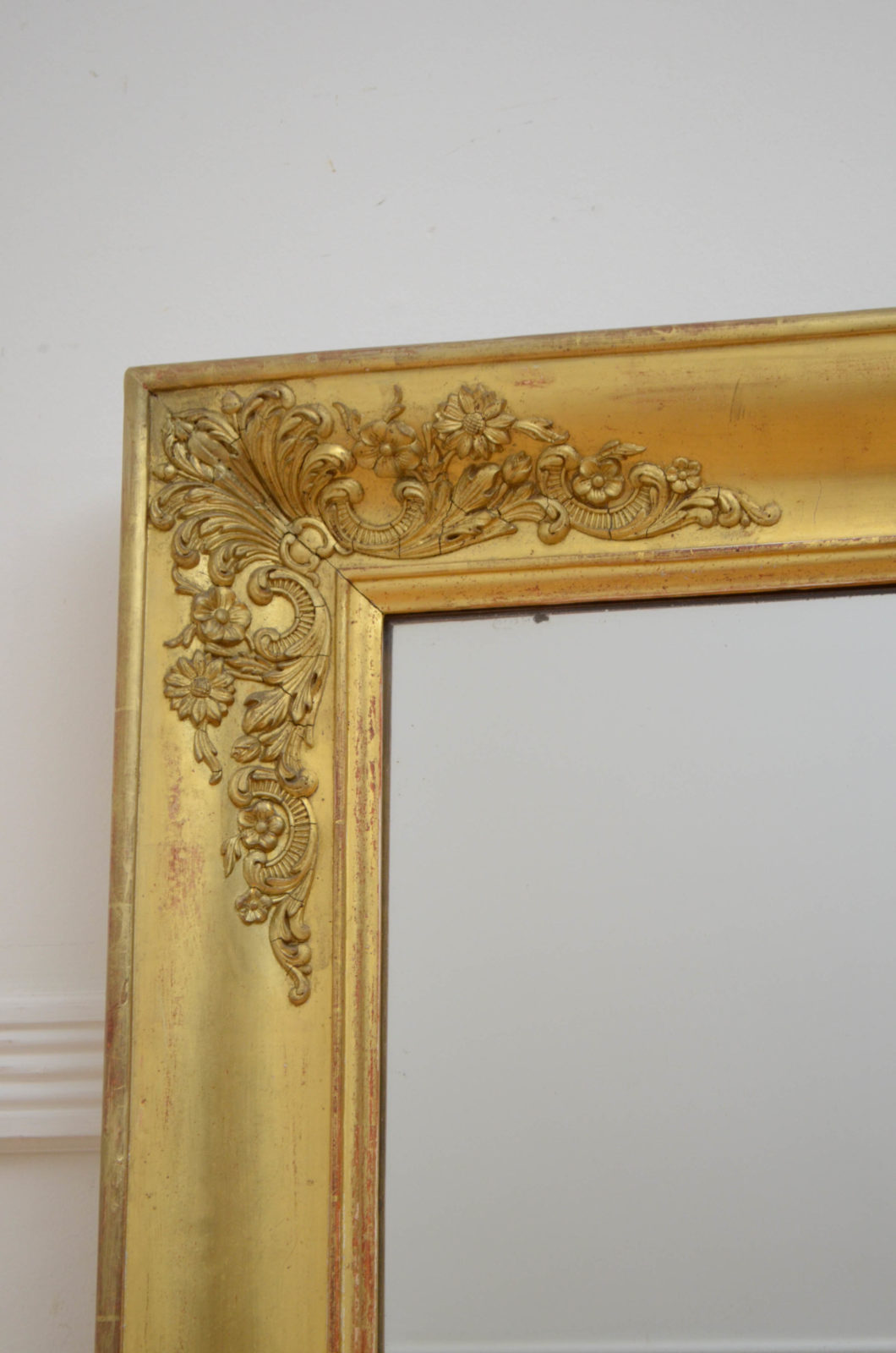
In the 15th and 16th centuries, the renowned glassmakers on the tiny island of Murano in Venice developed what we would now consider the modern method of mirror making. It is a craft that has stood the test of time. It involves coating one side of a sheet of glass in a silver medal – at the time, mercury was most often used.
Such Venetian mirrors were considered artistic masterpieces. During the 16th century, the majority were custom made for nobles and royalty. King Henry VIII of England and King Francis I of France were said to be fanatical collectors of Venetian mirrors. The French queen Marie De Medici had a mirrored office made for herself for which 119 custom mirrors were shipped from Murano. This extravagant mirror is preserved to this day in the Louvre in Paris.
Makers kept the Venetian manufacturing process a closely guarded secret, and you could only purchase such mirrors from Venice. “The Council of Ten” was established in Murano to protect the widely coveted secrets of the craftsmen. This Venetian monopoly of mirrors would continue for 150 years.
Replicas eventually emerged of “Venitian-style” mirrors, and dealers traded them as invaluable objects. Then with the advent of mass production capabilities, silver nitrate-backed mirrors became a cherished decorative feature in middle-class households across Europe.

Mirrors were not really made in England until the 17th century. Venetian style mirrors began being manufactured at Sir Robert Mansell’s London glass factory from the 1620s. This would be the first glassmaker in the country to use the cylinder process – where cylinders of glass are blown before being scored and laid flat.
The Duke of Buckingham acquired what would become his famous glassworks at Vauxhall in the 1660s. He recruited a team of Venetian glassmakers to perfect the processes at the works. Production limitations continued, and initially, only small plates could be made, meaning you would need several pieces of glass to make a single mirror.
French mirrors held sway in the homes of European aristocracy during much of the 18th century though the British continued to compete. It was rare to find a mirror in the United States before the American Revolution that hadn’t been produced in France or England. Many were shipped across the Atlantic until American manufacturers started making mass mirrors in the 19th century.
As the 18th century progressed, improving production technology, particularly from French manufacturers, meant ever larger mirror ornamentals. Fireplaces are even said to have been lower in France than Britain to accommodate the vast Giltwood mirrors of the period. Around this time, French makers also produced many circular mirrors, surrounded by a Neoclassical gilt frame that supported candlesticks with the light of the candle reflected by the mirror. This style was popular well into the 19th century.
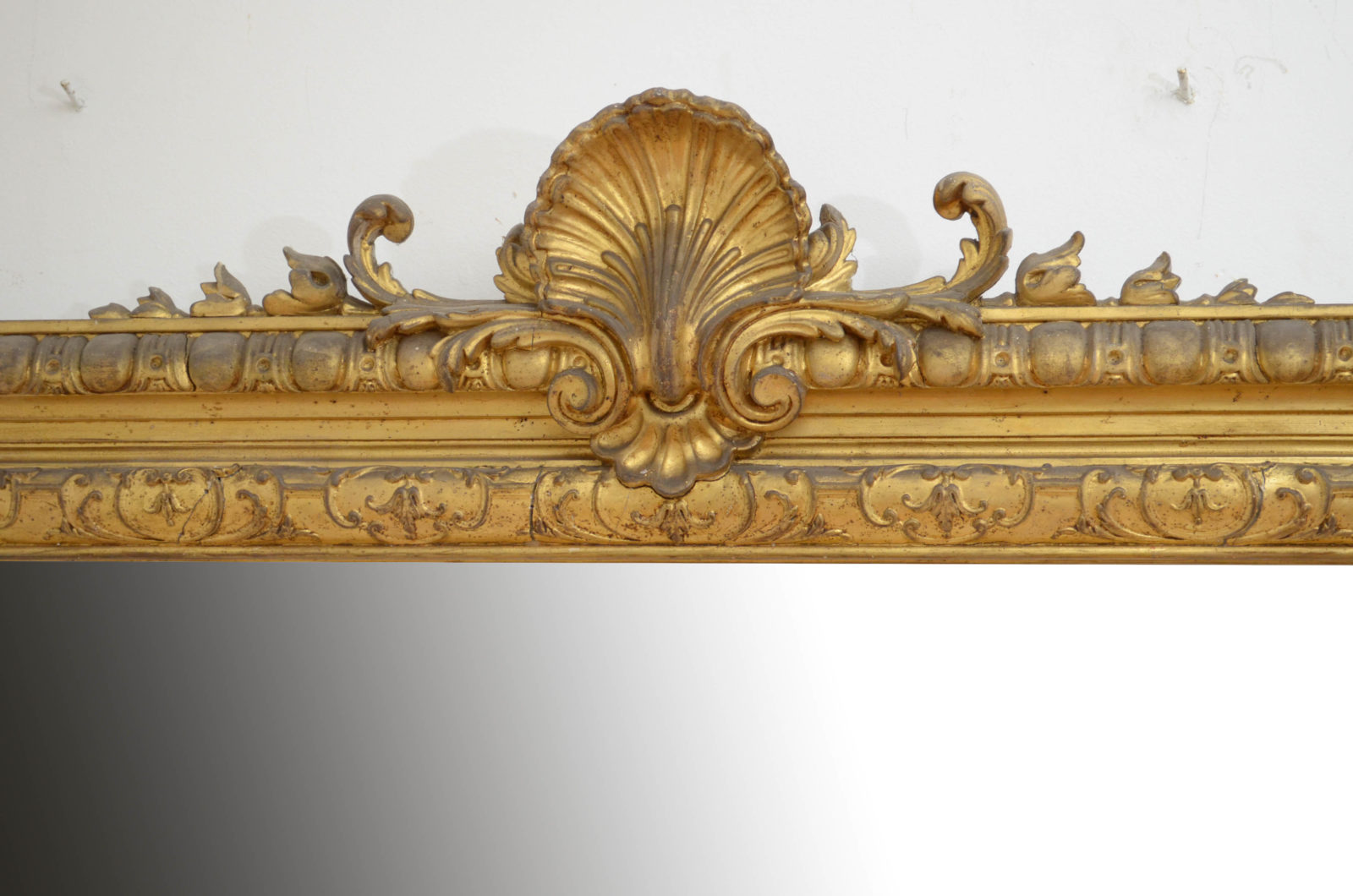
It was not until some way through the 1800s that the word “mirror” became commonplace, tending to replace the term “looking glass”.
During the 19th century, ever-cheaper production techniques meant that mirrors found many more household uses that extended beyond the mantelpiece. Homes increasingly incorporated mirrors into pieces of furniture such as wardrobes and dressing tables. Small pocket and wall mirrors were also now available for those with limited budgets.
Fancy types of glass were now being used to create mirrors as a form of decorative art. Highly polished frames became popular during the Victorian period, as did mahogany as a material. The Victorians borrowed heavily from earlier classic styles, but mirrors became ever more grand and elaborate during the period.
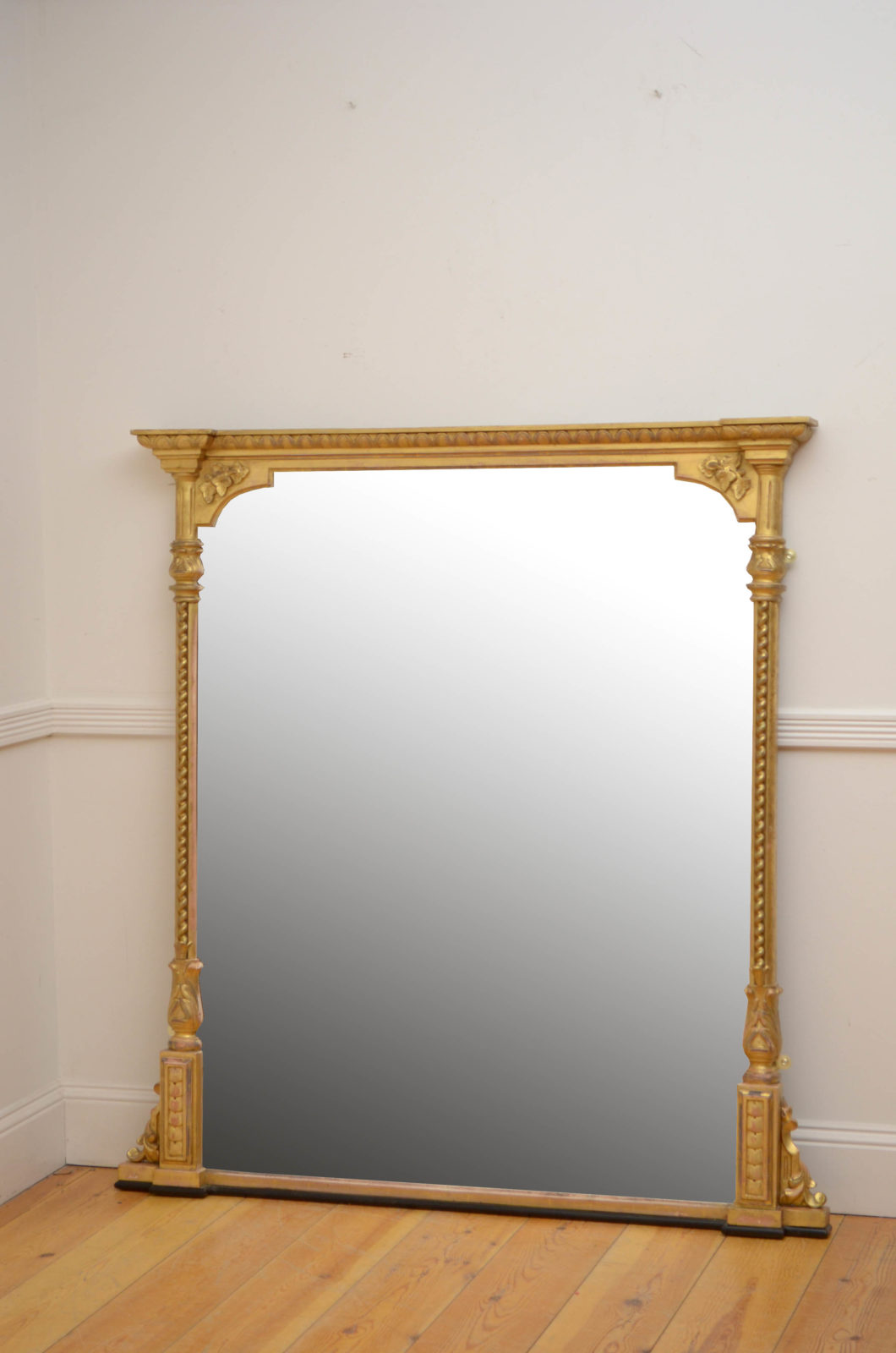
The Rococo period began around 1730. Also referred to as a late Baroque style, such mirrors have heavy ornate frames that were originally cast from plaster and often gilded.
Rococo mirrors have exuberant styles and are often decorated in floral and leaf motifs, sometimes with shell shapes and other nature-inspired designs. Giltwood mirrors became increasingly popular during the 18th century, and the intricacy of the carving marks out Rococo-style mirrors from this period.
The Regency period took place in the 1810s and 1820s. English Regency mirrors have an angular shape with straight lines and columned architectural frames. The Regency period was also notable for more ornate designs with flourishes at corners. Convex mirrors became fashionable around this time and were highly decorated with stylised plant representations, birds, candle arms and pendant chains.
Mirrors even played an essential part in households of the time. They could be placed above the dining room sideboard to allow the butler to keep a careful eye on dinner guests from a distance to ensure they filled their glasses and courses delivered as required.

Many English mirrors produced during the 18th century drew inspiration from Thomas Chippendale. The London-based furniture maker blended Chinese, Rococo and Gothic styles that were elegant and rich, often in dark woods such as mahogany, walnut and cherry wood.
Chippendale style mirrors generally have naturalistic forms, fashioned from flat pieces of wood with delicate decorative touches carved into the edges and a light frame. Occasionally a Chippendale style mirror will have a finial or bird at the top.
It was not until the late 17th century that tall mirrors could be made that were freestanding. By this time, larger plates of glass were produced, so the Cheval mirror was born. “Cheval” is French for horse and refers to a freestanding mirror with four legs.
The oval-shaped mirror standing on two legs, one on either side, began being produced from the 1770s. From the 18th century, toilet mirrors – a mirror standing upon a plinth that houses a drawer – became increasingly popular as a washroom accessory and piece of furniture in their own right.
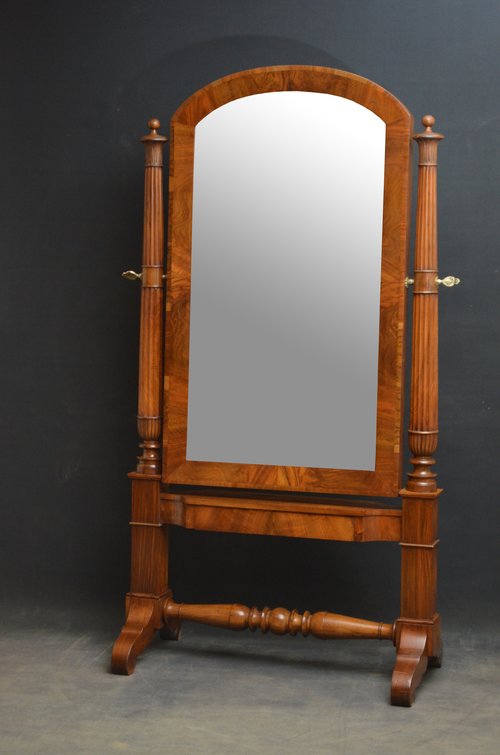
Mirrors from the Georgian period (1714 – 1830), and inspired by Georgian architectural styles, tend to feature symmetrical and relatively simple designs. Primarily portrait in format, Georgian mirrors favour clean lines and often have scrolled sides or scrolls that adorn just the upper corners. Carvings are generally delicate and understated.
Most people who purchase an antique mirror don’t do so to look at themselves. They do so to invest in a statement piece, perhaps to open up a room with reflected light and the illusion of space. Indeed, most often, the most valuable antique mirrors are those that have not been extensively restored, repainted or re-gilded. After all, the value is as much in the tales the mirror has seen as it is what it now reflects.
| Cookie | Duration | Description |
|---|---|---|
| cookielawinfo-checbox-analytics | 11 months | This cookie is set by GDPR Cookie Consent plugin. The cookie is used to store the user consent for the cookies in the category "Analytics". |
| cookielawinfo-checbox-functional | 11 months | The cookie is set by GDPR cookie consent to record the user consent for the cookies in the category "Functional". |
| cookielawinfo-checbox-others | 11 months | This cookie is set by GDPR Cookie Consent plugin. The cookie is used to store the user consent for the cookies in the category "Other. |
| cookielawinfo-checkbox-necessary | 11 months | This cookie is set by GDPR Cookie Consent plugin. The cookies is used to store the user consent for the cookies in the category "Necessary". |
| cookielawinfo-checkbox-performance | 11 months | This cookie is set by GDPR Cookie Consent plugin. The cookie is used to store the user consent for the cookies in the category "Performance". |
| viewed_cookie_policy | 11 months | The cookie is set by the GDPR Cookie Consent plugin and is used to store whether or not user has consented to the use of cookies. It does not store any personal data. |